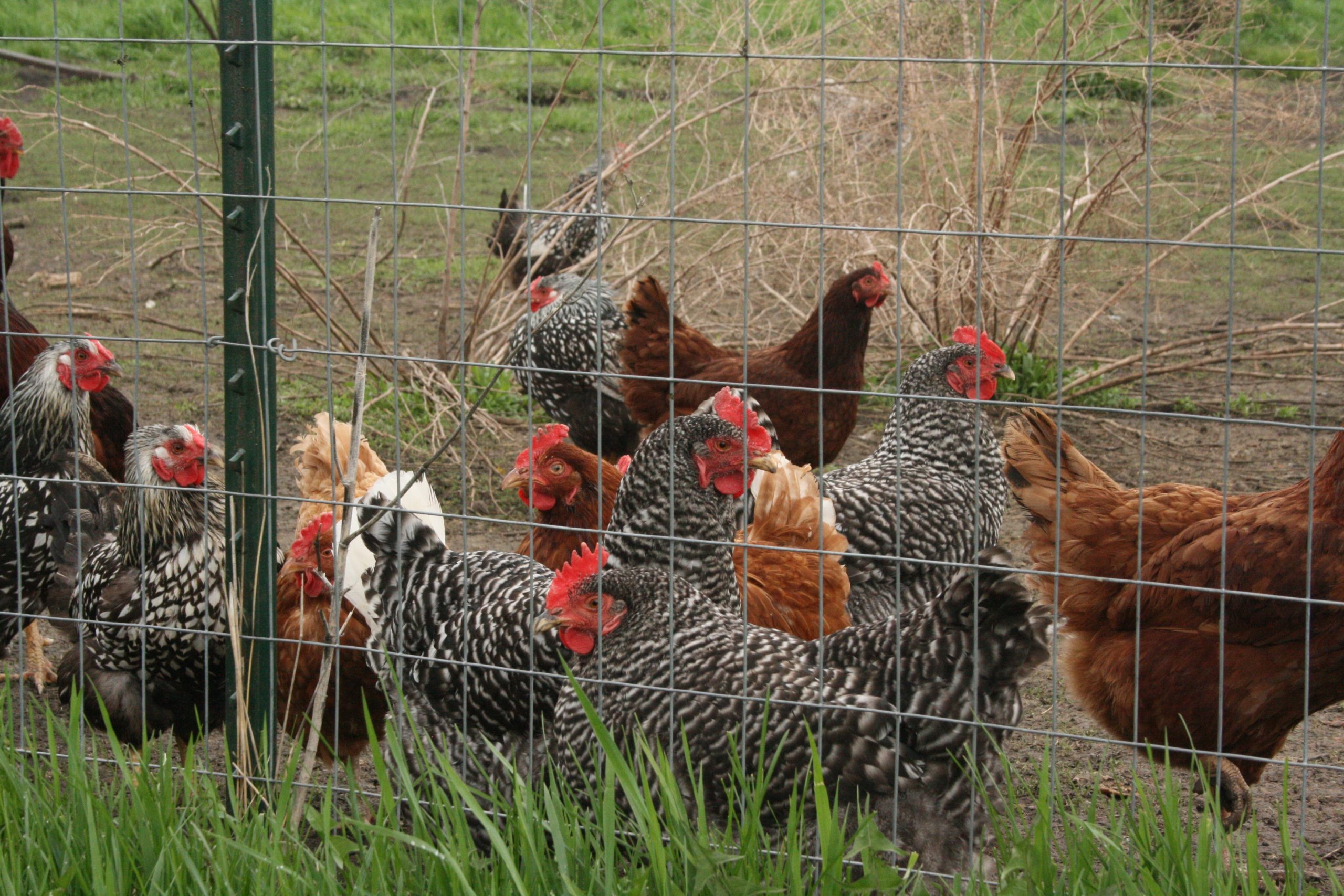It was in 1997 while working at WILL-AM 580 in Urbana that I first heard about Asian highly pathogenic avian influenza (HPAI), i.e. “bird flu.” A strain of the flu, H5N1, especially deadly for poultry, had somehow infected humans that year during an outbreak in Hong Kong.
I remember asking science folk a lot smarter than me whether the virus could spread from human to human. I was reassured that the chances were miniscule.
Since then, bird flu has spread among poultry and wild birds to more than 50 countries, and the H5N1 virus has reached epidemic proportions for poultry in Bangladesh, China, Egypt, India, Indonesia, and Vietnam.
Still, the spread of HPAI and its bird flu variations to humans remains low, even as cases have ticked up in the last few years. The Centers for Disease Control and Prevention report that:
“HPAI A (H5N1) virus infections have been reported in more than 890 people with approximately 50% case fatality proportion since 1997, including 20 cases and seven deaths in Hong Kong during 1997-2003, and more than 870 cases reported in 22 countries since November 2003.”
Worrisome for sure. Even as the chances for human to human infection remains very rare, but not impossible.
But since December 2019, we live in a decidedly different world. That’s when Wuhan, China became the epicenter for SARS-CoV-2, the virus that causes COVID-19. Just how SARS was unleashed on the planet still isn’t exactly clear. The U.S. office of the director of National Intelligence and National Intelligence Council reports:
“All agencies assess that two hypotheses are plausible: natural exposure to an infected animal and a laboratory-associated incident.
- “Four IC [Intelligence Community] elements and the National Intelligence Council assess with low confidence that the initial SARS-CoV-2 infection was most likely caused by natural exposure to an animal infected with it or a close progenitor virus — a virus that probably would be more than 99 percent similar to SARS-CoV-2. These analysts give weight to China’s officials’ lack of foreknowledge, the numerous vectors for natural exposure, and other factors.
- “One IC element assesses with moderate confidence that the first human infection with SARS-CoV-2 most likely was the result of a laboratory-associated incident, probably involving experimentation, animal handling, or sampling by the Wuhan Institute of Virology. These analysts give weight to the inherently risky nature of work on coronavirus.”
Only China knows for sure and they have been less than transparent. Regardless, it was possible that the COVID pandemic was the result of natural exposure plus SARS’ ability to mutate rapidly.
What was clear is U.S. preparation and initial response to COVID was woefully inadequate. And at the top of the list was downplaying the infection, giving the budding pandemic a foothold on U.S. soil.
Which takes us to the shocking USDA announcement on March 25 that avian influenza has been detected for the first time ever in dairy cattle. A month later, on April 23, the Food and Drug Administration reported that genetic material from H5N1 bird flu is in the commercial milk supply.
As of May 6, USDA had identified infected herds in nine states — Texas, Kansas, New Mexico, Michigan, Idaho, Colorado, North Carolina, Ohio, and South Dakota.
No one knows with certainty how big is the true outbreak nor how, where and when H5N1 is mutating. It is reasonable and logical to think the avian flu cattle outbreak is larger than reported.
On April 5, CDC reported the first cow-to-human infection of H5N1 in a person in Texas working with dairy cows.
It’s fair to say that the outbreak is evolving, making it crucial that federal, state and local actors play nice in the sandbox together for the good of the public.
Thus far, that has not been the case.
The CDC, state agencies and the dairy industry can’t get on the same page on what’s necessary to control and contain the current avian flu outbreak among dairy cows.
High ranking CDC officials suggest it might be necessary sooner rather than later to send federal teams to farms to check on the health of dairy workers and collect data that might be helpful to limit the spread.
State agriculture officials have voiced opposition saying farmers don’t want any part of federal officials on their property. Texas Agriculture Commissioner Sid Miller, who is speculated to be a possible pick for USDA secretary should Donald Trump win the presidency in November, was blunt: “It’s overreach. They don’t need to do that. They need to back off.”
CDC finds itself in the position of sweet talking, coddling and looking for middle ground as it races to determine how the outbreak is spreading among dairy cattle, and to what degree is the human population at risk. That’s less than ideal. Lack of transparency. Lack of data collection. Lack of communication.
USDA’s Animal and Plant Health Inspection Service issued a federal order on April 24 requiring mandatory testing for interstate movement of dairy cattle and mandatory reporting of positive influenza A nucleic acid detection. That’s helpful.
It is possible that H5N1 avian flu has been brewing in the U.S. cattle herd since at least last December — right under the noses of the feds.
Which is a little scary if one considers the possibility that avian flu may one day somehow infect pigs.
It turns out that bird flu in the pig population would be an epidemiologists’ worst nightmare, because pigs have both human and avian flu receptors, which could allow the virus to figure out how to adapt easily to human hosts.
It’s time for all the avian flu actors to realize they’re playing with fire and learn to work together. Anything less repeats the mistakes learned in the COVID pandemic.











Comments are closed.